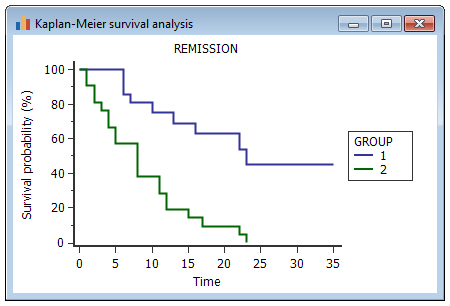Market analysis is a linchpin of successful trading. A savvy trader employs a vast array of tools for evaluating a market situation and making a forecast. All of them are divided into two basic methods: fundamental and technical analysis. Technical analysis is focused on charts and patterns of price moves whereas fundamental analysis deals with corporate reports, profits, dividends, and other macroeconomic data. Fans of fundamental analysis keep track of quarterly reports, the economic calendar, and crucial events which could serve as market catalysts. For instance, a lockdown is likely to dent oil demand. In contrast, those who believe in technical analysis give priority to price moves. They might have a vague idea of the business activity of the corporation whose shares they bought. Economic news does not matter to technical analysts who are interested in plotting candlesticks on charts, identifying trends, spotting support and resistance levels, analyzing technical patterns, etc.
Fundamental analysis is based on the assessment of a company’s investment efficiency through its financial results, macroeconomic data, geopolitical environment, and their influence over the asset’s market price. Technical analysis rests only on price changes or a trading volume of a particular asset. American financial journalist Charles Henry Dow is recognized as the inventor of technical analysis. He is also known as the founder of The Wall Street Journal and creator of the Dow Jones Industrial Average stock index. His ideas for price patterns on the grounds of stock price averages formed the bedrock of the Dow theory. Later, they set the stage for the key concepts of technical analysis which afterwards evolved into its mainstream version.
Technical analysis came into being as a technique for analyzing price moves of stocks and bonds. Nowadays, tools of technical analysis are widely used by investors to predict price moves of various assets: from FX trading instruments to commodities and even the young crypto market.
The core idea of technical analysis is that the asset’s price already mirrors all relevant information. Through the analysis of historic data on the asset, you can efficiently employ tools of technical analysis to foresee a further price move and hence gain a profit.
In technical analysis, recent price behavior gives a trader the key to further price moves. Indeed, history repeats itself. So, things that have happened in the past will or tend to happen again in one way or another.
Fundamental analysis is based on the assessment of a company’s investment efficiency through its financial results, macroeconomic data, geopolitical environment, and their influence over the asset’s market price. Technical analysis rests only on price changes or a trading volume of a particular asset. American financial journalist Charles Henry Dow is recognized as the inventor of technical analysis. He is also known as the founder of The Wall Street Journal and creator of the Dow Jones Industrial Average stock index. His ideas for price patterns on the grounds of stock price averages formed the bedrock of the Dow theory. Later, they set the stage for the key concepts of technical analysis which afterwards evolved into its mainstream version.
Technical analysis came into being as a technique for analyzing price moves of stocks and bonds. Nowadays, tools of technical analysis are widely used by investors to predict price moves of various assets: from FX trading instruments to commodities and even the young crypto market.
The core idea of technical analysis is that the asset’s price already mirrors all relevant information. Through the analysis of historic data on the asset, you can efficiently employ tools of technical analysis to foresee a further price move and hence gain a profit.
In technical analysis, recent price behavior gives a trader the key to further price moves. Indeed, history repeats itself. So, things that have happened in the past will or tend to happen again in one way or another.


تبصرہ
Расширенный режим Обычный режим